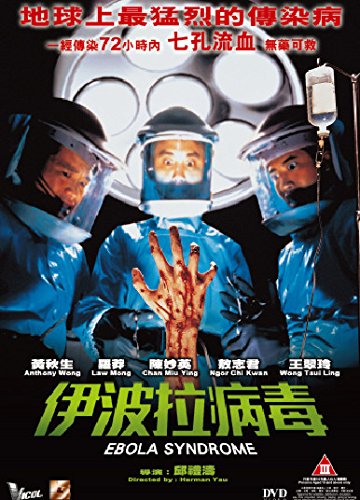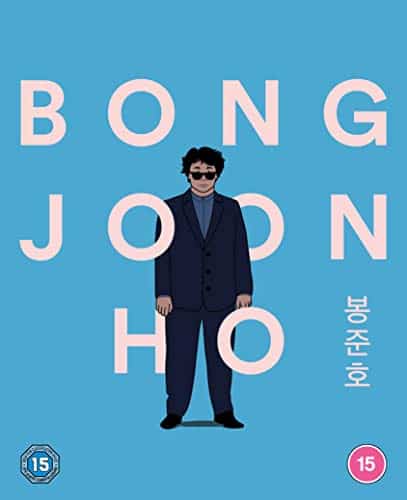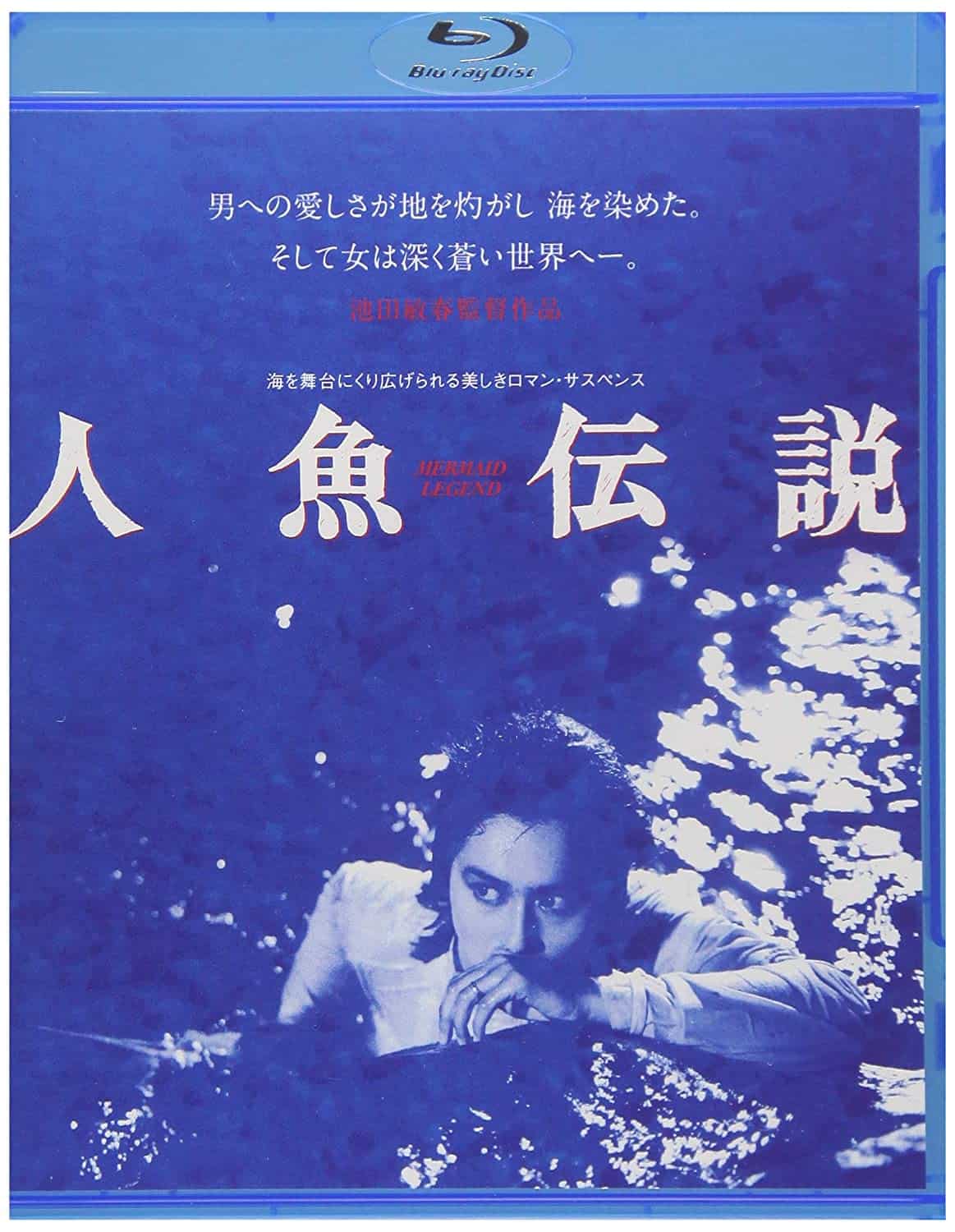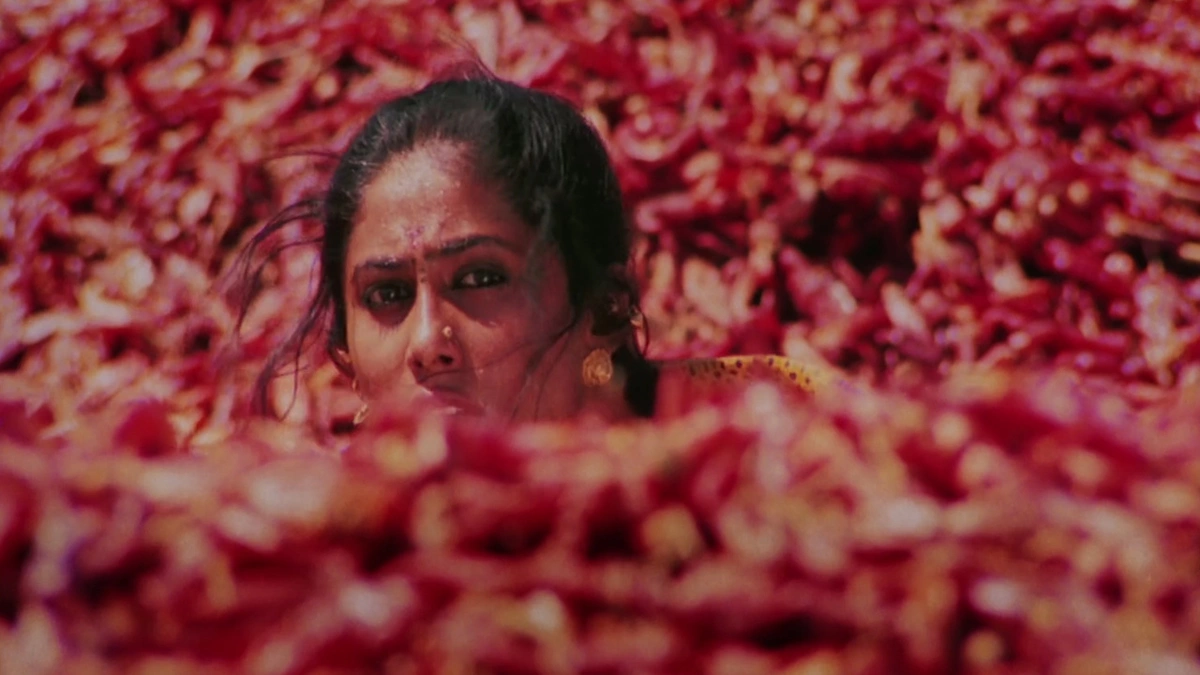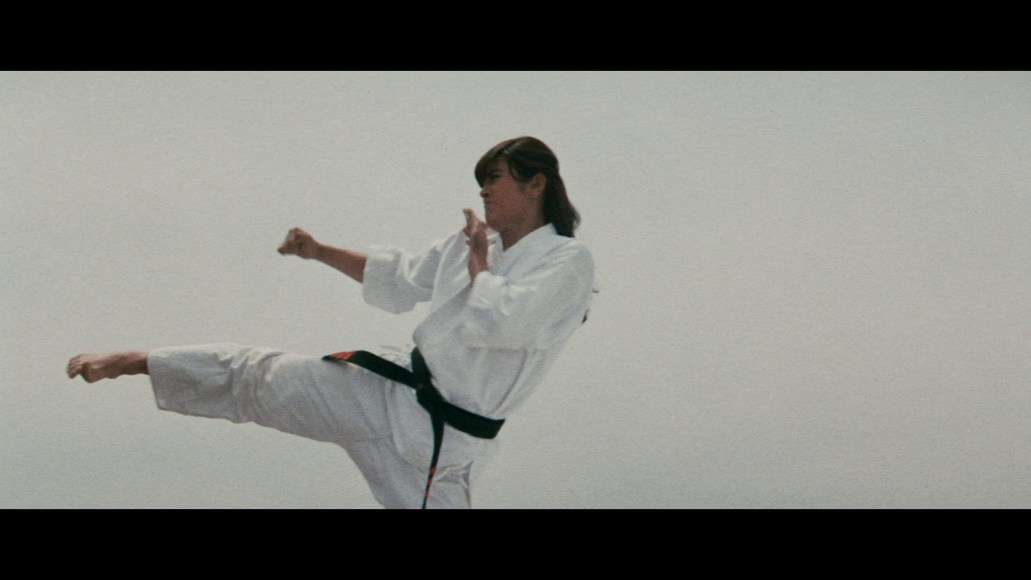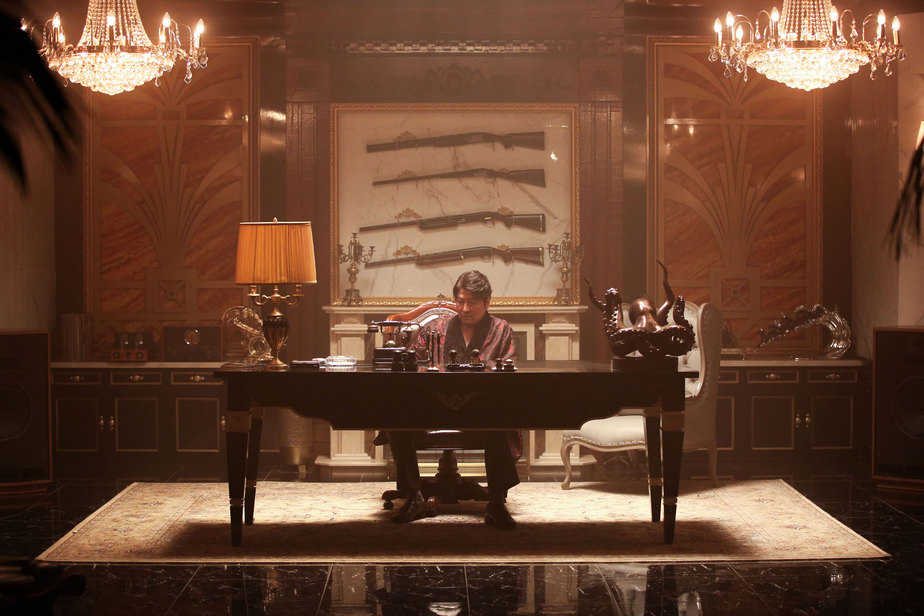11. Ebola Syndrome (Herman Yau, 1996, Hong Kong)
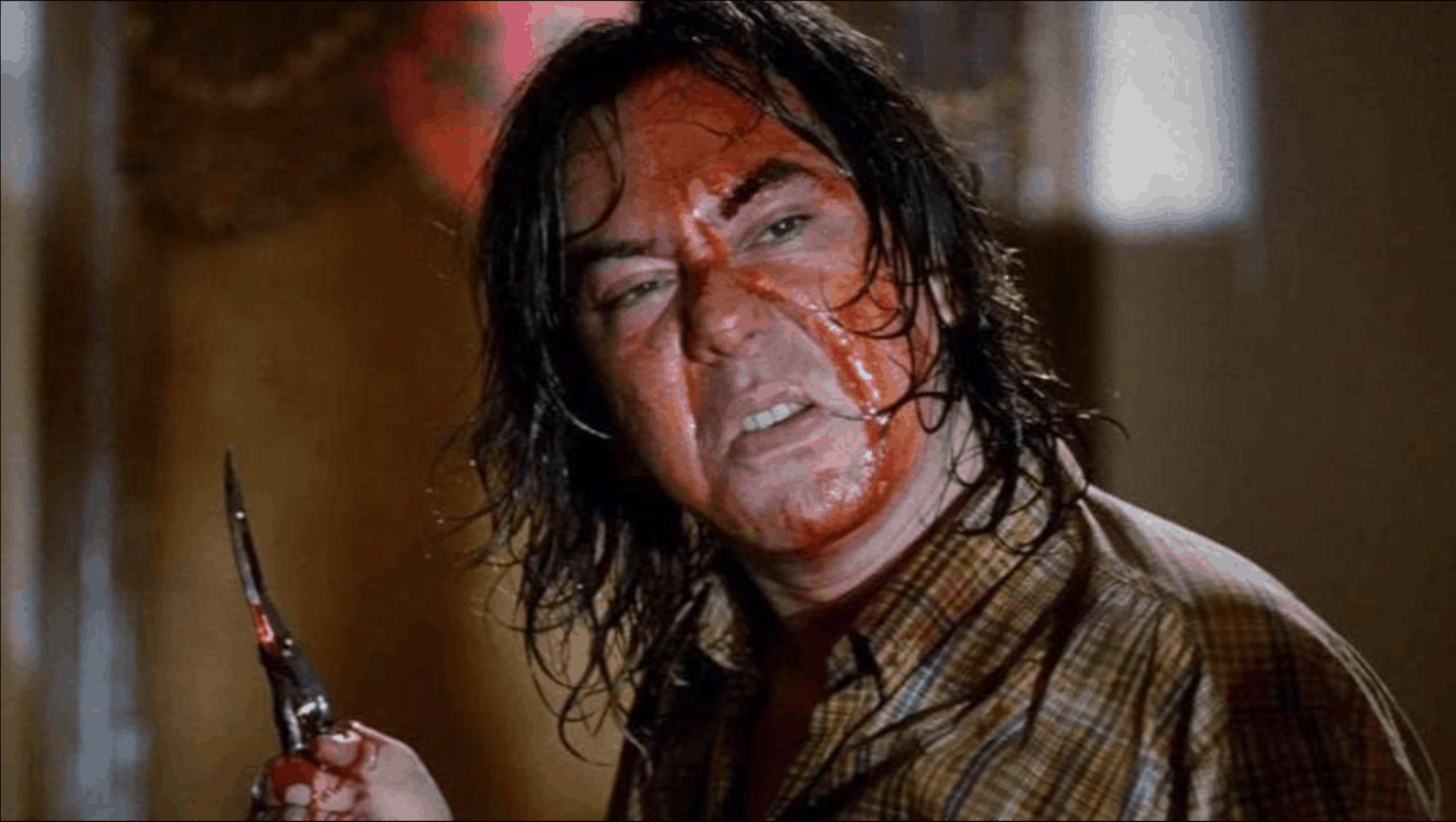
“Ebola Syndrome” feels very much like Herman Yau and Anthony Wong getting together to recreate the magic of their award-winning previous collaboration, with a story that follows a suspiciously similar route to that of “The Untold Story”. Only this time, they push the boundaries of the acceptable as far as they can take it. Right from the murders in the first few minutes and the explicit frog dicing scene shortly after, the production fully earns its Cat III within the first ten minutes of its runtime itself. (Rhythm Zaveri)
12. Holy Spider (Ali Abbasi, 2022, Iran)
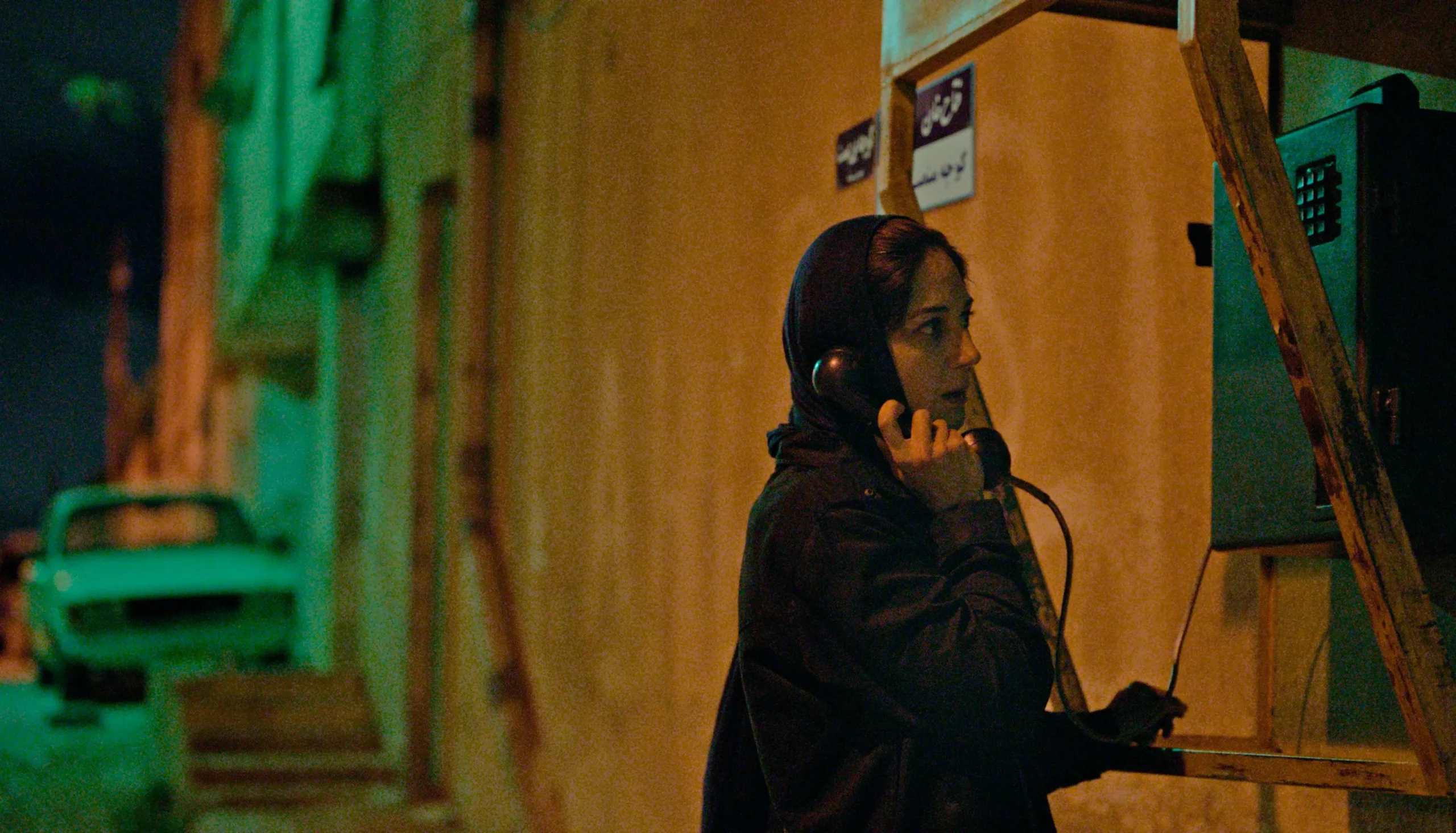
The film is about the rise and fall of the Iranian serial killer Saeed Hanaei (played by Mehdi Bajestani) who brutaly murdered 16 prostitutes in the holy city of Mashhad between 2000-2001 and who – instead of being publicly condemned for his bestiality, found huge following across the country (although later executed for his crimes). Since it contains several elements that are regarded as taboo by the Iranian censors – prostitution, drug abuse and depiction of sex – the film had to be shot in its entirety in Amman, Jordan. Abbasi's motive to make a film about Hanaei came from his urge to tackle the topic of the deeply rooted misogynism in his homeland. His portrait of women pushed into prostitution, even if they are never long enough on the screen to dominate it, is heartbreakingly honest and full of empathy. Dark, rusty photography by Nadim Carlsen, the cinematographer who was also responsible for the impressive look of “Border” (and Isabella Eklöf's “Holiday”) presents the milieu of those left out to themselves in true, uncompromised colors, and the whole cast – from extras to the leads, excels in their roles. (Marina Richter)
13. I Saw the Devil (Kim Jee-woon, 2010, S. Korea)

Kim Jee-woon presents another grotesque masterpiece, where revenge is the driving force for almost everything occurring on screen. Initially, the film looks like a battle between good and evil, but as the revenge procedure extends, the borders between the two stop being visible, thus resulting in the spectator doubting who the evil one actually is. Furthermore, as Soo-hyun initially seems justified in his actions, he manages to make acceptable a number of actions that would regularly be considered as utterly appalling. Just in the beginning, though.
14. Killers (Mo Brothers, 2014, Indonesia-Japan)

Mo Brothers (with the help of Takuji Ushiyama in the script) present a film where the dominant factor is antithesis. The antithesis between the experienced Shohei and the newcomer Bayu, which is exemplified by their characters, their reasons, their methods, and the final showdown. The antithesis between the stylized and minimalistic environment in Japan and the “dirty” one in Jakarta, an element that becomes obvious even in the clothes the two protagonists wear. The antithesis between image and music, since the majority of the grotesque scenes feature Aria Prayogi's calming music as we watch people being tortured. The antithesis in images, which is exemplified in the scene where Shohei is actually eating one of his victims, in a table where a very beautiful white flower is dominating the shot. Lastly, the antithesis between Mo Brothers' previous work, a no-nonsense splatter, and this one, which analyzes the main characters quite deeply and offers a psychological background to their extreme actions. (Panos Kotzathanasis)
15. Late Bloomer (Go Shibata, 2004, Japan)
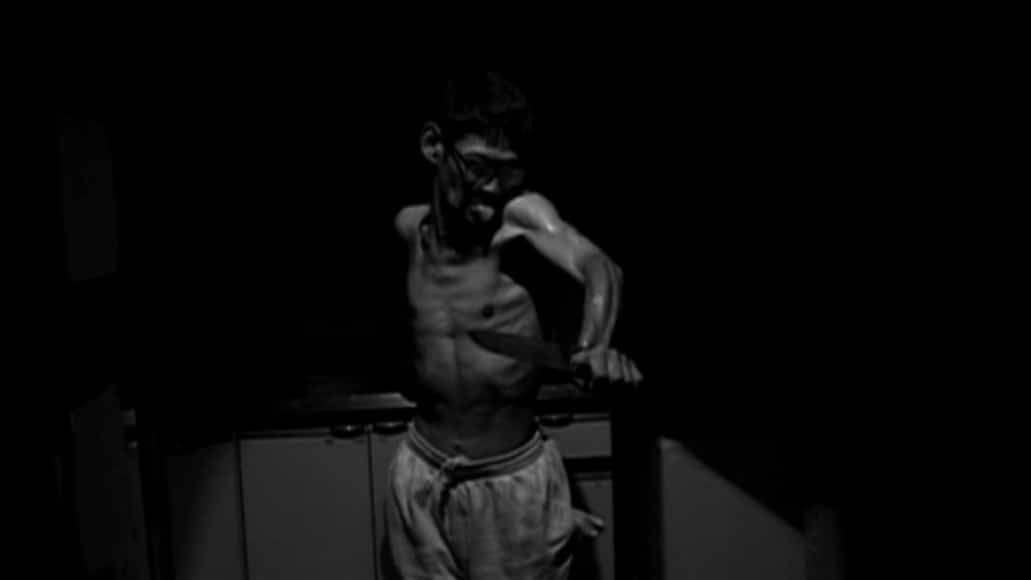
Go Shibata presents a film concerning inability that keeps its distance from the common triumph stories typically shot regarding this topic. Instead, “Late Bloomer” focuses on the violent ascent of the protagonist to a world where anybody is an enemy worth killing.
16. Lesson in Murder (Kazuya Shiraishi, 2022, Japan)

Despite some very easy solutions in order for the story to progress, Kazuya Shiraishi directs an intricate crime thriller, which focuses both on a whodunnit aspect but also in the portrait of a deep psychological transformation, which is filtered through a family drama. Furthemore, the elements of exploitation and of a court drama add even more to the slight genre mashup here, in an amalgam, though, that is handled excellently by Shiraishi. One of the main “tools” he uses to achieve this is the excellent placement of the various twists within the narrative, each of which adds another level to the story, occasionally even canceling the ones before. (Panos Kotzathanasis)
17. Limbo (Soi Cheang, 2021, Hong Kong-China)

The appearance of the Wong To, and the impact it has on Cham Lau's overall demeanor and eventually, on the relationship of the three, also signals the beginning of the action in the film, which, starting from the chase between the first two, indicates how relentless and brutal the movie is going to be. This, rather lengthy sequence, which is much reminiscent of Johnnie To's style of action and particularly the way he edited his scenes, highlights both David Richardson's job in the particular aspect, but also the rather impressive monochrome cinematography of Cheng Siu Keung, which finds one of its early highlights in the scene where hunter and hunted descend from the roof of a parking lot. (Panos Kotzathanasis)
18. Memories of Murder (Bong Joon-ho, 2003, S. Korea)

19. Mermaid Legend (Toshiharu Ikeda, 1984, Japan)

Toshiharu Ikeda directs a film that begins as a social drama regarding life in seaside villages, with his presentation lingering somewhere between the realistic and the idyllic, with a number of scenes of the sea and the beach being particularly artful. The murder signifies a change of pace and style, but the exploitation aspect of the movie only comes after an extensive part of contemplation and sorrow for the widow, which justifies, though, her later actions. After this part, and through a rather lengthy and steamy sex scene, “Mermaid Legend” shows its true colors, which are essentially bathed in the red of blood. The second sex scene, although equally sensual and exploitative, ends up in a blood bath, as Migiwa's realization of what exactly is happening with the people around her brings genuine mania into her, with the yakuza having sex just moments before becoming her first victim. Some calm moments do exist after this moment, but the movie follows an intense exploitation path in essence, which finds its apogee in the rather long, rather bloody massacre that takes place just before the ending.
Buy This Title
on YesAsia
20. Midnight (Kwon Oh-seung, 2021, S. Korea)
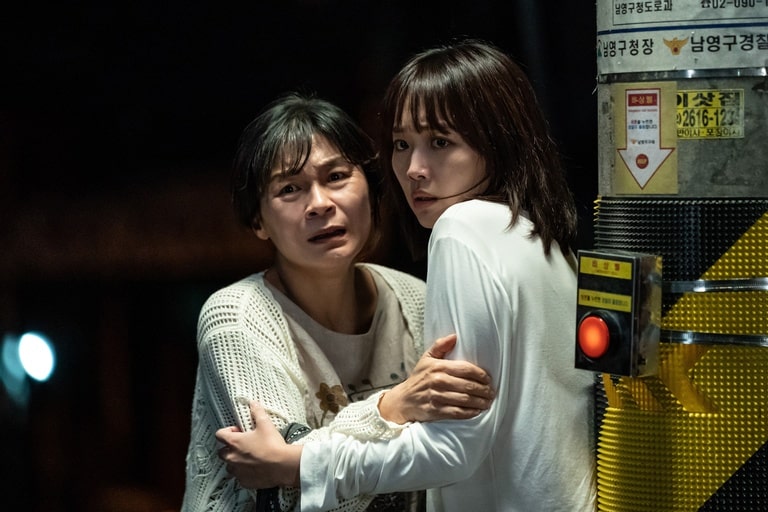
Kwon Oh-seung, who wrote the screenplay himself, manages to make a narrative that's filled with plenty edge-of-the-seat moments as the killer chases after his target, who can't hear him coming, who in turn is chased by Jong-tak, who is desperate to reach his sister before time runs out for her. In that sense, if Na Hong-jin had not already named his debut feature “The Chaser”, this would have been an apt title for Kwon's debut, with a large part of the runtime dedicated to Do-sik's attempts to catch up on Kyeong-mi and finish what he started. Speaking of “The Chaser”, Do-sik, the calm and composed killer with a lot of personality, often reminds of Ha Jung-woo's iconic role in the 2008 film, particularly in the scenes of his interactions with the police. The fact that the character, for the most part, seems like a well-researched depiction of a psychopath works in the feature's favour. (Rhythm Zaveri)


